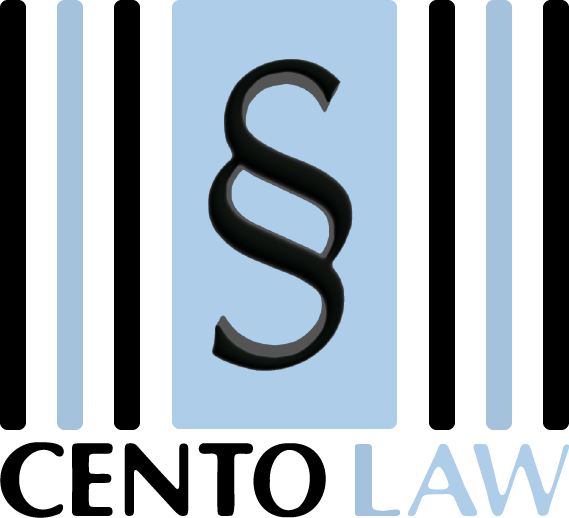In 2005, a Trans Union ("TU") representative testified as follows regarding TU's procedures to conduct reinvestigations when a consumer disputes inaccurate information on their credit report: In general, when TU receives a dispute from a consumer, TU investigates the dispute using one of two systems developed for the purpose of processing and tracking disputes: the mail Consumer Dispute Verification process (“CDV”) and; the electronic Automated Consumer Dispute Verification process (“ACDV”) utilized in the instant matter.
Through both of these systems, TU sends to the furnisher the information that TU is currently reporting about the consumer, tells the creditor what the consumer’s dispute is, and asks the creditor to investigate the information it has concerning the relationship it has with the consumer and determine whether the information that it is reporting to TU is correct and complete. The furnisher is also asked to verify that the indicative information (i.e. information such as name, current address, prior address, social security number, date of birth and phone number) TU has on the consumer matches the indicative information maintained in the furnisher’s records and to verify that it is associated with the particular account being disputed.
This process leads to one of three general outcomes, as dictated by the FCRA:
1. The creditor reports back to TU that the information is indeed correct. In that case, TU considers the creditor’s verification along with any information that the consumer supplied and either revises the consumer’s credit report or leaves the report unchanged, as is appropriate under the circumstances.
2. The creditor reports back to TU that the information is erroneous. In that case, TU either deletes or modifies the information on the credit report, as appropriate.
3. The creditor does not respond to TU within the required time. In that case, where appropriate, TU deletes the disputed item from the consumer’s credit report as unverifiable.
Regardless of the outcome of its reinvestigation, TU notifies the consumer of the results of the reinvestigation. In addition, TU always gives the consumer the chance to insert into the credit report a statement regarding the information that he or she disputes. TU may also use additional procedures in individual cases depending on the precise dispute involved and the circumstances of the case.
ACDVs are transmitted to furnishers via an electronic system known as the "E-OSCAR" system. E-OSCAR is a web-based, Metro 2 compliant, automated system that enables furnishers and CRAs to create and respond to consumer credit history disputes. The ACDV process tracks and manages an ACDV initiated by a CRA on behalf of a consumer and routes it to the appropriate furnisher.
The furnisher returns the ACDV to the initiating CRA with the updated information (if any) relating to the consumer's credit history. In responding to an ACDV, a furnisher informs TU that either the disputed information is "Verified" or that the disputed information should be "Changed" or that the disputed item of information should be "Deleted". To do this the furnisher literally checks a box. If a furnisher chooses to verify the information it will check a box called "Verified As Reported". Once checked, this will instruct the CRA that all information about the disputed tradeline is, in fact, accurate and that no changes should be made. If a furnisher chooses to change information it will check a box called "Change Data As Show" and then will input changes into the various fields of information that need to be changed. Whenever a furnisher directs TU to change information on a consumer’s credit file that furnisher affirms to TU that it has made the same changes to its own systems. This affirmation is made by the furnisher on the form used to process the dispute.
